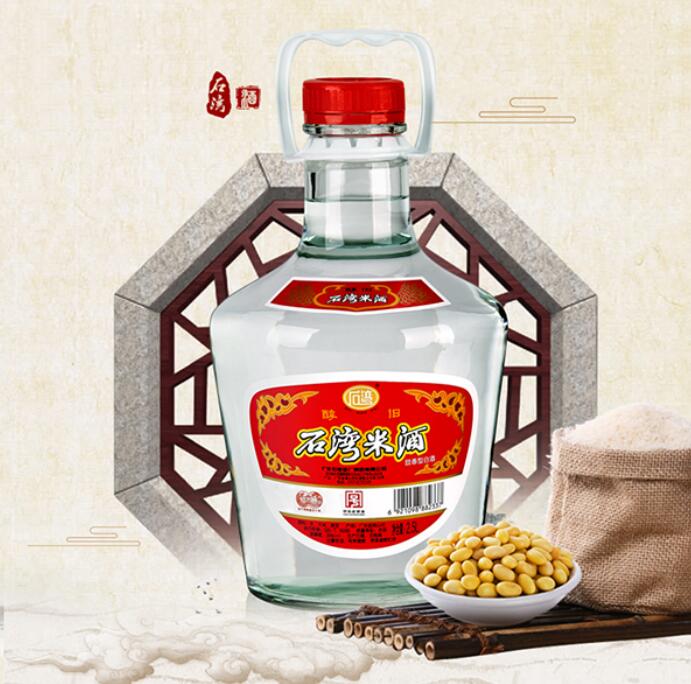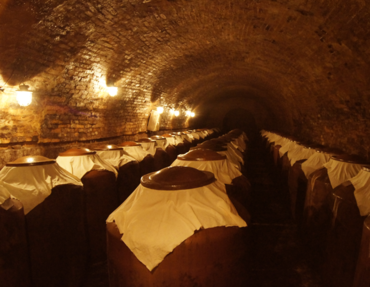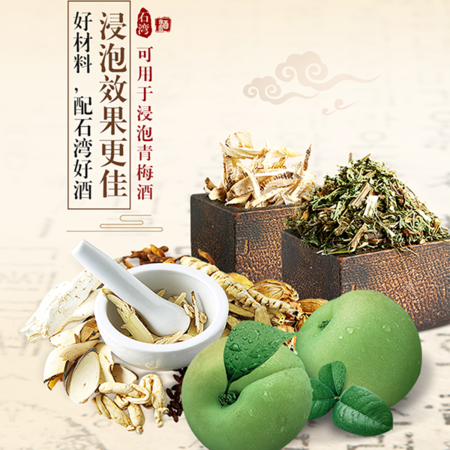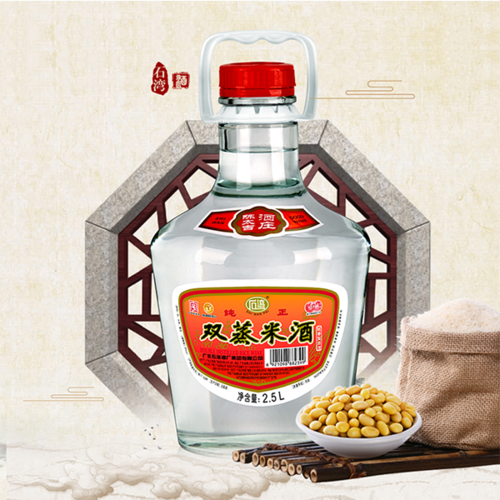How Is Traditional Rice Wine Brewed?
Rice wine is a popular alcoholic beverage in many countries, especially in Asia. One of the most well-known types of rice wine is traditional Chinese rice wine, which has a unique flavor and aroma.
How is traditional rice wine brewed? After reading this article, maybe you can get some inspiration.
Traditional Rice Wine
Traditional rice wine, also known as Huangjiu or Chinese rice wine, is a type of wine that is made from fermented rice. It is a popular alcoholic beverage in China, Japan, Korea, and other countries in Asia. Traditional brewing rice wine is often used in cooking and can be served as a drink at celebrations and special occasions.
Steps Involved in Brewing Traditional Rice Wine
Brewing Process of Traditional Rice Wine The process of brewing traditional rice wine is a time-consuming and intricate process that requires patience and skill. Here are the steps involved in brewing traditional rice wine:
Steaming the Rice
First, glutinous rice is steamed until it is soft and sticky. The rice is then cooled and mixed with yeast, wheat, and water.
Fermentation: The mixture is then placed in a large earthenware jar and left to ferment for several weeks. During this time, the rice ferments and produces alcohol.
Filtering
After the fermentation process is complete, the mixture is filtered to remove any solid particles, leaving behind a clear liquid.
Aging
The rice wine is then left to age for several months to develop its flavor and aroma.

What Is the Difference Between Traditional Rice Wine and Sake?
Traditional rice wine is made from glutinous rice, while sake is made from polished rice.
The alcohol content of traditional rice wine can vary depending on the recipe and brewing process used. Some varieties of rice wine have a relatively low alcohol content, while others can be quite strong.
Traditional rice wine has a sweeter taste and lower alcohol content compared to sake.
How Long Does It Take to Brew Traditional Rice Wine?
The brewing process for traditional rice wine typically takes several weeks, followed by several months of aging.
How Should Traditional Rice Wine Be Stored?
Traditional rice wine should be stored in a cool, dark place away from sunlight and heat.
After the rice wine has been aged, it is typically stored in a sealed container to prevent oxidation and maintain its flavor and aroma. Some people also choose to store their rice wine in a refrigerator or cool cellar to keep it at a consistent temperature.
Conclusion
The brewing process for traditional rice wine is time-consuming and intricate, but the end result is a flavorful and aromatic wine that can be enjoyed on its own or used in cooking.
Traditional rice wine is considered the best rice wine by many people. The Chinese rice wine price varies depending on the brand and quality.
We hope that this article has provided you with a better understanding of how traditional rice wine is brewed, as well as some FAQs to help you in your search for the best rice wine.







